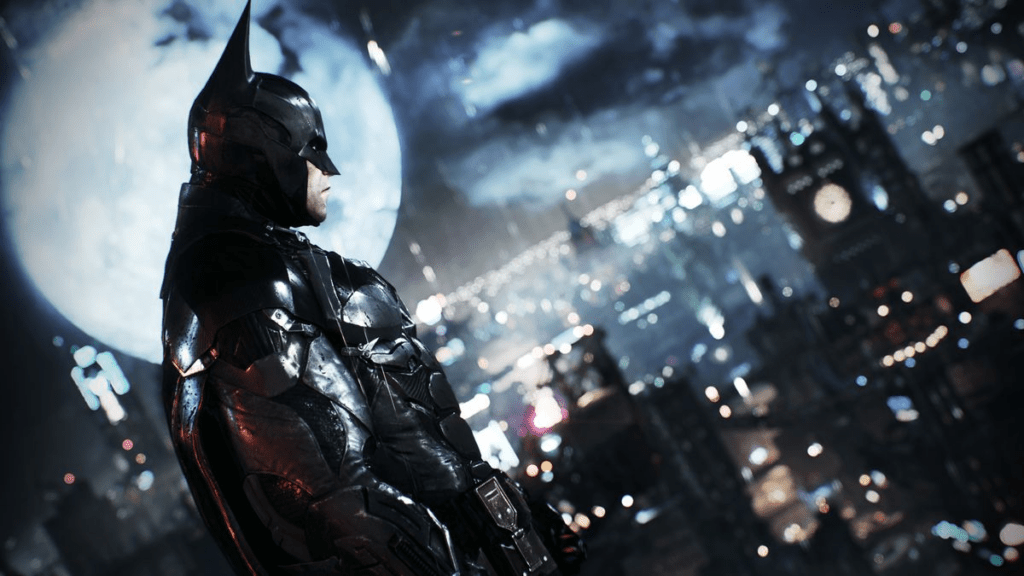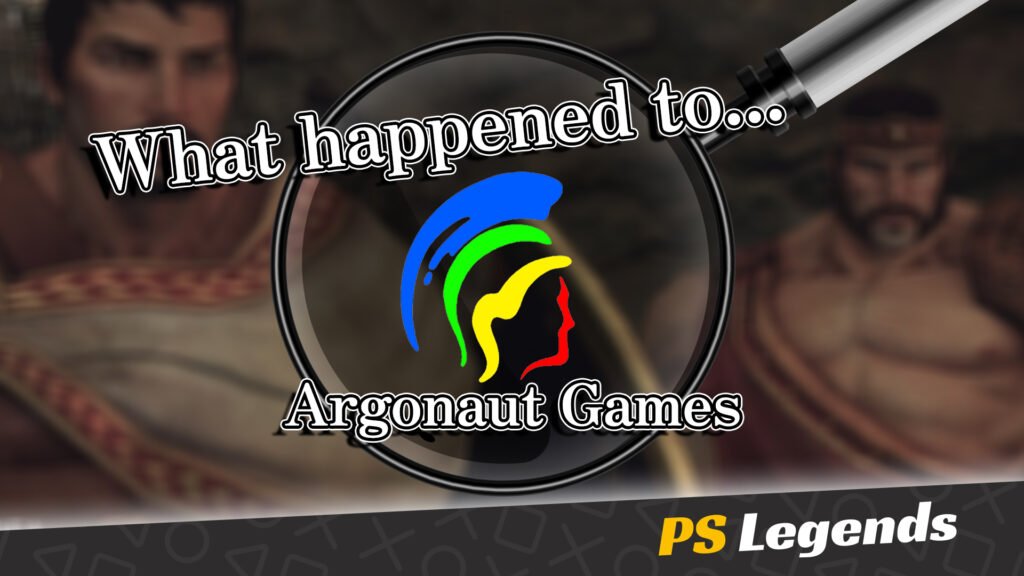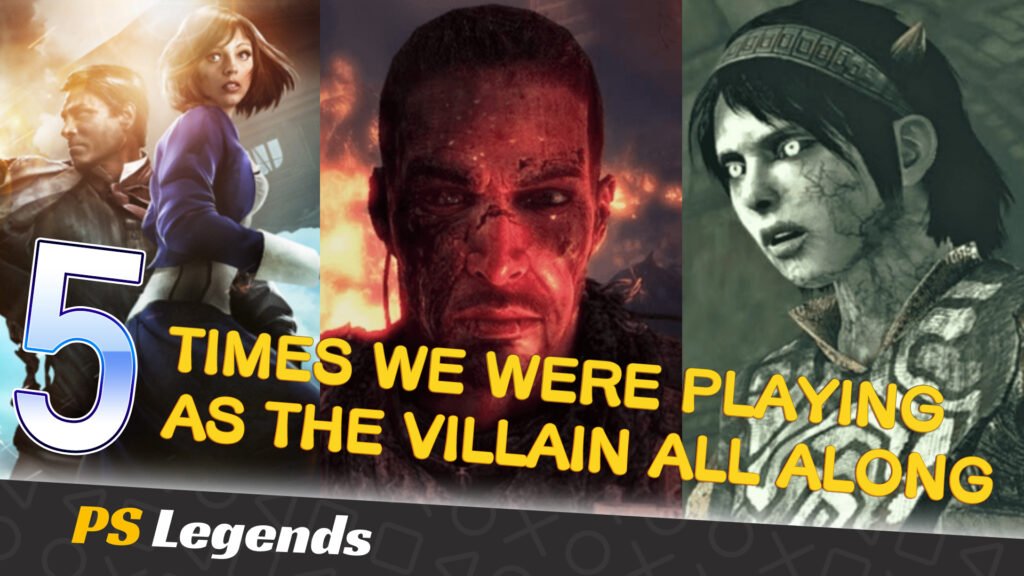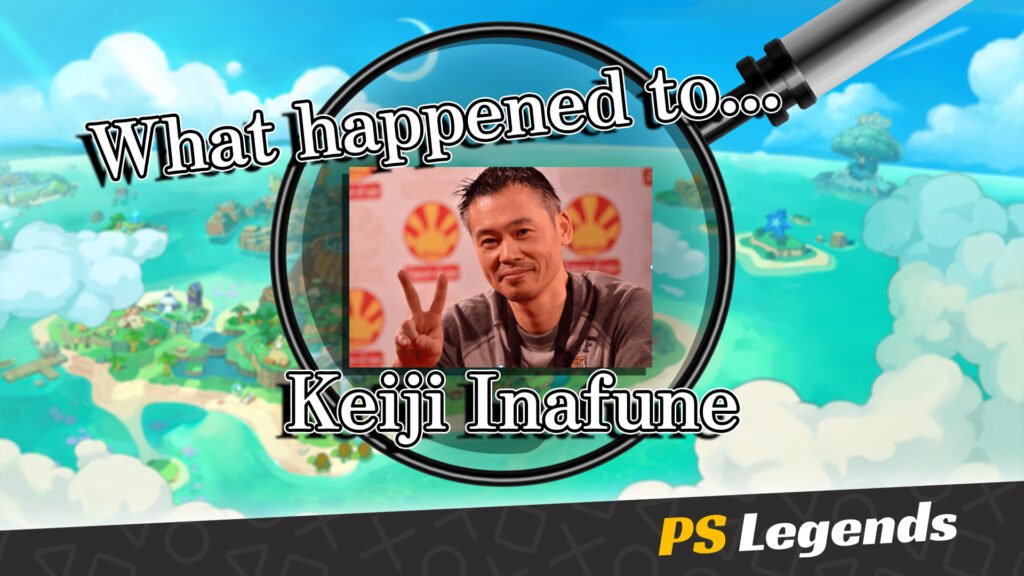J.San and the Argonauts
Argonaut Games PLC was a British video game developer founded in 1982. It was known for creating the Super NES game Star Fox which would grow into a long-running franchise for Nintendo. Argonaut would also involve itself in hardware creation for existing gaming manufacturers including Nintendo, creating the Super FX chip. Argonaut would later move on to supporting PlayStation and other consoles.
Founded as Argonaut Software by teenager Jeremy ‘Jez’ San in 1982, the company name is a play on his name (J. San) and the mythological story of Jason and the Argonauts. Its head offices were in Colindale, London, and later in the Argonaut House in Edgware, London. Its U.S. head office was in Woodside, California in the San Francisco Bay Area. Argonaut would also acquire software developer Particle Systems based in Sheffield, UK, in 2002.
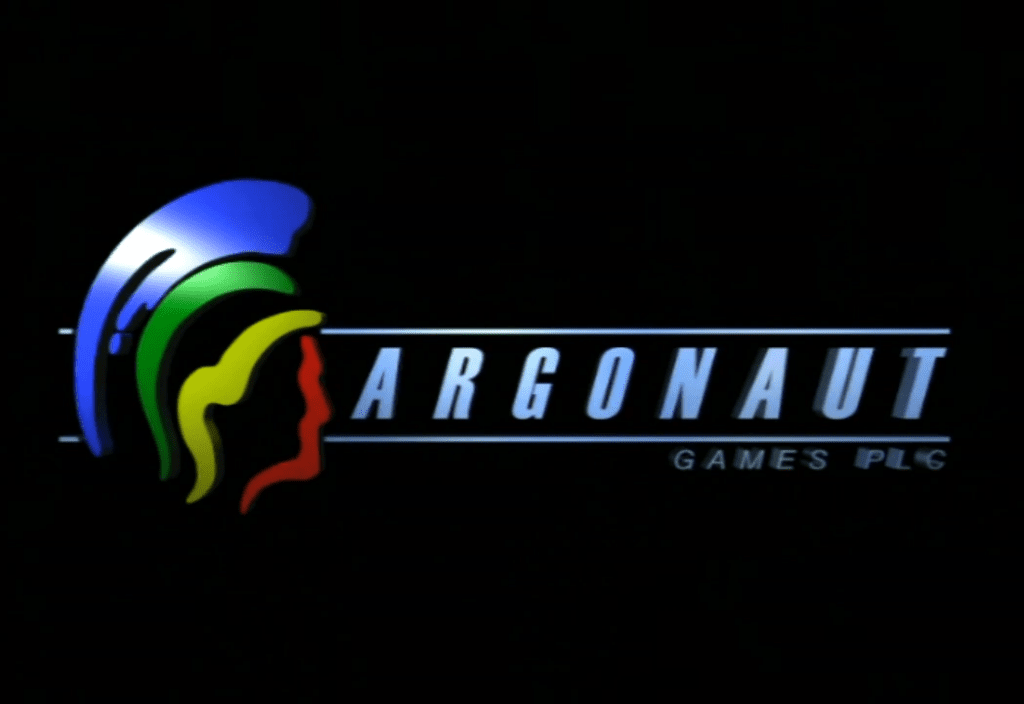
In 1990, Argonaut collaborated with Nintendo during the early years of the NES and SNES, a notable incident being when Argonaut submitted a proof-of-concept method of defeating the Game Boy’s copyright protection mechanism to Nintendo. The combined efforts from Argonaut and Nintendo yielded a prototype of the game Star Fox, initially codenamed “SnesGlider” and inspired by their earlier Atari ST and Amiga game Starglider that they had running on the NES and then some weeks later on a prototype SNES.
Jez San told Nintendo that his team could only improve performance and functionality of the demonstration if Nintendo allowed Argonaut to design custom hardware to extend the SNES to have true 3D capabilities. Nintendo agreed, so San hired chip designers and made the Super FX chip. They originally codenamed it the Mathematical Argonaut Rotation I/O, or “MARIO”, which is printed on the chip. So powerful was the Super FX chip used to create the graphics and gameplay, that they joked that the Super NES was “just a box to hold the chip.”
I told them that this is as good as it’s going to get unless they let us design some hardware to make the SNES better at 3D. Amazingly, even though I had never done any hardware before, they said YES, and gave me a million bucks to make it happen.
Argonaut founder and Super FX codesigner, Jez San
After building the Super FX, Argonaut designed several different chips for other companies’ video game machines, which were sadly never released. These include machines codenamed GreenPiece and CD-I 2 for Philips, the platform codenamed VeggieMagic for Apple and Toshiba, and Hasbro’s ‘virtual reality’ game system codenamed MatriArc.

That Little Green Crocodile
In 1995, Argonaut Software was split into Argonaut Technologies Limited (ATL) and Argonaut Software Limited (ASL). With space being a premium at the office on Colindale Avenue, ATL was relocated to an office in the top floor of a separate building. The building was called Capitol House on Capitol Way, just around the corner. There, they continued the design of CPU and GPU products and maintained ‘BRender’, Argonaut’s proprietary software 3D engine. They won a chip design project with LSI Logic for a potential PlayStation 2 design. LSI Logic became a minor investor in Argonaut.
In 1996, John Edelson was hired as the company General Manager. John Edelson ran the group for two years. Capital was raised in 1996–1998 from Tom Teichman and Apax Partners. According to Jez San, Argonaut remained an independent developer by choice, and had turned down several buyout offers. In 1997, the two arms of the company once again shared an office as the entire company was moved to a new building in Edgware.
After the concept for a Yoshi game was turned down by lost-running partner Nintendo, Argonaut sought the creation of a similar new character to take Yoshi’s place. Offering to design the new character was young computer artist Simon Keating, who “stumbled” into the game’s development as his first job in the video game industry after hearing that the developers of the game needed a new main character. Having sketched out several different potential character designs, Keating ultimately came up with the final design for a character whose design looked marginally similar to that of Yoshi.
Ever ambitious in their pursuit of outstanding 3D graphics, Argonaut would step away from developing exclusively for Nintendo. In September 1997, Croc: Legend of the Gobbos was released by Fox Interactive for the PlayStation and Sega Saturn. Croc’s success would briefly see the titular character become a mascot for Argonaut, and by extension, the original PlayStation itself. Croc would receive a PlayStation-exclusive sequel in 1999.
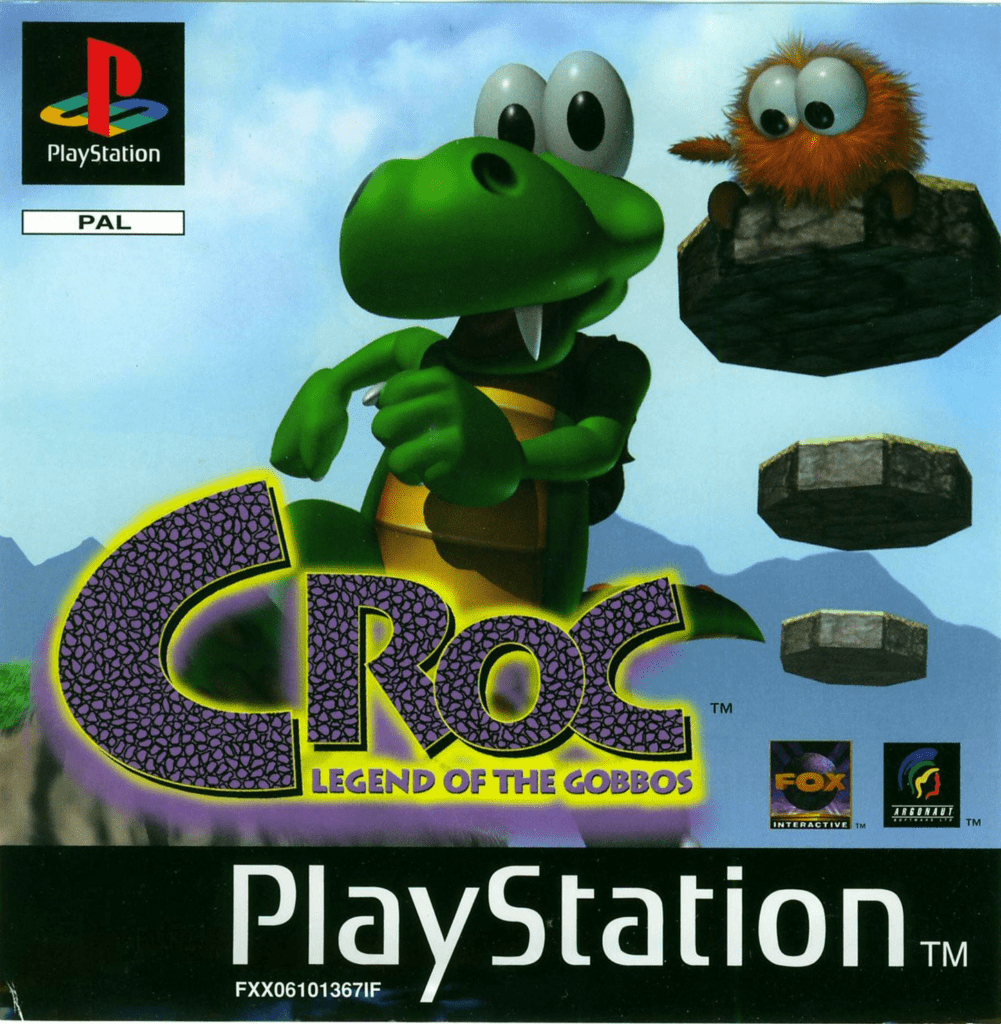
Another Magical Success
Argonaut’s ever-growing success would see the team awarded the contract to develop the first game adaptation of book and movie smash hit Harry Potter and the Philosopher’s Stone. The game would release in 2001, published by Electronic Arts for the PlayStation. Based on the 1997 novel of the same name, the player controls Harry Potter, who must navigate his first year in the Hogwarts School of Witchcraft and Wizardry and eventually confront the story’s version of the villainous Lord Voldemort.
Though the game received mixed reviews, most were positive and the game would be another success for Argonaut. The PlayStation version sold 8 million copies by May 2003, which would become Argonaut’s best-selling game and one of the best-selling PlayStation games of all time. The game’s sequel, Harry Potter and the Chamber of Secrets, would also be handled by Argonaut. By reusing elements of the previous game, Chamber of Secrets would release just a year later in 2002 to similar success.
Though both games would boast impressive sales, Argonaut would later admit they ‘didn’t capitalise on their successes as much as they probably should have’. Harry Potter and the Philosopher’s Stone would go on to receive a PS2 remake in 2003, though this would be handled by newer developer Warthog Games.

Malice In Wonderland
With the Croc franchise retired and the Harry Potter series now in the hands of new developers, the PS2 era would allow Argonaut to experiment with new ideas, however this would also prove risky for the developer. The team would develop a budget remake of the 1988 arena game Powerdrome, however this would be met with a lukewarm reception.
Argonaut’s most ambitious new project would be a 3D platforming adventure centred around an up-and-coming goddess named Malice, which would also be the title of the game. It would see a hip, teenage goddess with a knack for destruction traverse a colourful universe of elements inspired by Alice’s Adventures in Wonderland. In May 2002, it was announced that band members from iconic U.S. rock band No Doubt would be providing various voice-overs for the game and also the soundtrack, with singer Gwen Stefani providing the voice for protagonist Malice.
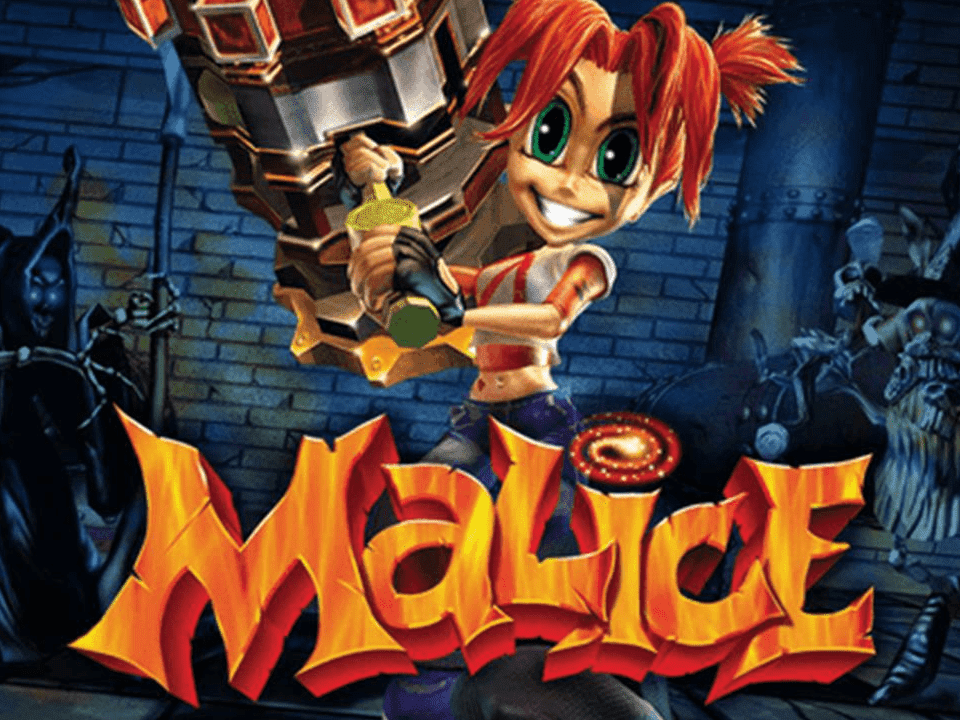
The game’s development cycle proved to be incredibly troublesome, with a change in publishers, cancellation and eventual revival, the game’s planned 2002 release would eventually be delayed to a summer 2004 release. There would be many costly reasons for this lengthy delay, and its even longer development. Argonaut’s financial issues proved to be problematic, and in May 2003, it was announced that Vivendi Universal had cancelled their contract with Argonaut for the game and gave back all rights to Argonaut, leaving them with no choice but to cancel the game along with their timed contract with No Doubt.
In January 2004, it was announced that the game was revived after ZeniMax Media subsidiary Mud Duck Productions purchased the publishing rights for the game in North America and Evolved Games acquired the European publishing rights a few weeks later. A heavily edited version of the game was quietly released in June 2004, and would be among Argonaut’s final few releases. Argonaut would blame Malice’s expensive and shoddy development cycle on ‘mismanagement issues’.
Cats Are Bad Luck
Contrary to popular belief, Malice was not the final game developed by Argonaut, as the team would also produce the game adaptation of DC’s Catwoman movie which would release in July 2004. Sadly, the movie was a box office flop and the game would also share the film’s fate. Though it possessed the likeness of Halle Berry, the voice work of iconic voice actress Jennifer Hale, and some fluid combat mechanics, the game would receive negative reviews for its low-budget presentation and weak narrative.
In a 2022 interview, Argonaut founder Jez San revealed that Catwoman represented the largest effort the company ever handled due to its accelerated development time of just eight months, with around 100 employees dedicated to the game; in comparison, the industry average was 30-40 during the sixth generation of video game consoles while Argonaut was accustomed to small teams of 15 or so during the fifth generation.

Sadly, the commercial failure of Catwoman would be the final nail in Argonaut’s coffin. The series of under-achievements from their last few games had depleted what remained of the company’s cash reserves. In early October 2004, Argonaut Games called in receivers David Rubin & Partners, laid off 100 employees, and was put up for sale. A lack of a consistent stream of publishing deals had led to cash-flow issues and a profit warning earlier that year. In 2005, the company entered liquidation and was dissolved in early 2007.
Clinging To Life
Not all subsidiaries of Argonaut Games PLC would be liquidated. Argonaut would appoint administrators for smaller studios Morpheme Ltd and Just Add Monsters Ltd. The administrators sold Morpheme and Just Add Monsters back to Jez San and the other founders as ongoing businesses, while Argonaut Software Ltd was eventually liquidated.
Jez San, Tameem Antoniades, Nina Kristensen and Mike Ball purchased Just Add Monsters from administrators, renaming it ‘Ninja Theory’, but would suffer from financial troubles. Sony Computer Entertainment saved the team from bankruptcy by funding the development of Heavenly Sword, which was an expensive project. The game’s weak sales resulted in Ninja Theory losing all their in-house technologies because of contractual agreements with Sony.
The team then moved on to develop Enslaved: Odyssey to the West, an underperforming project in collaboration with writer Alex Garland, and DmC: Devil May Cry, whose redesign of a popular existing PlayStation franchise was highly controversial, resulting in the team receiving death threats. The struggling team began diversifying its portfolio of games and taking on contract work for publishers after finishing the development of DmC. It also entrusted a small team to develop their first self-published title, Hellblade: Senua’s Sacrifice.
The team developed a business model they called “Independent AAA”, where the game would have a small budget while retaining high graphical fidelity. Exploring the rarely-touched theme of psychosis, the game was a commercial and critical success. In June 2018, it was officially announced that Ninja Theory had entered into an agreement to be acquired by Microsoft and became part of Microsoft Studios (now known as Xbox Game Studios). Several new projects are under development.
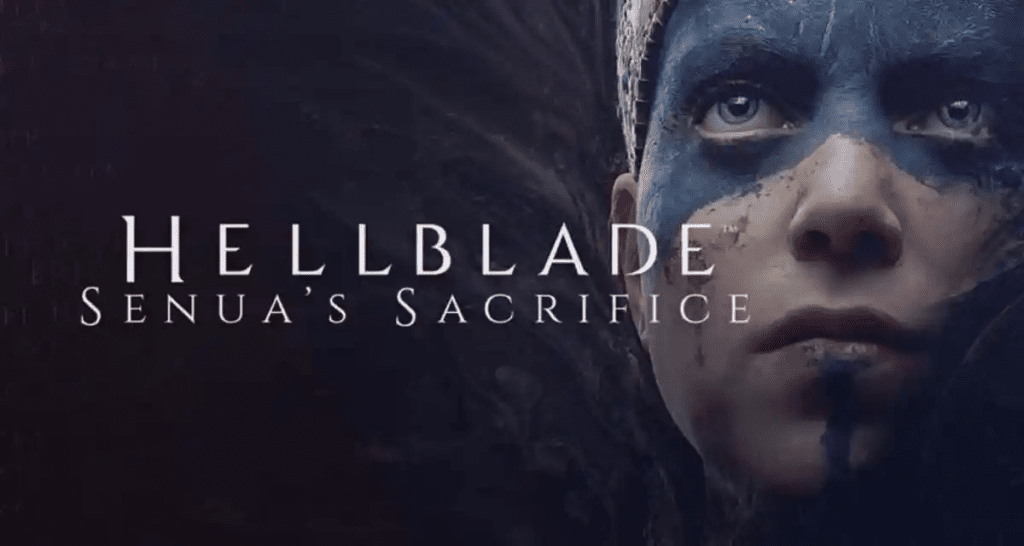
New Beginnings: From Cats to Bats
After taking a hiatus from the video game industry in 2004, Jez San founded Crunchy Frog Ltd, which in 2005 became online poker company PKR where San served as President. PKR was a 3D online poker site that operated in legal territories in Europe, Asia, and Canada. In May 2017, PKR went into administration. San was only an investor at the time of its collapse and expressed sorrow at seeing his creation fold. In 2008, San co-founded mobile application developer and publisher Origin8 with game industry colleague Foo Katan. The company produces iPhone and BlackBerry software, and has offices in London.
Argonaut’s previous works on the first two Harry Potter games as well as Catwoman had earned the studio the attention of Warner Bros. Games, who would approach the remnants of Argonaut with ambitious new startup projects. Rocksteady Studios was founded on 13th December 2004 by Jamie Walker and Sefton Hill, both formerly of Argonaut Games, who would become creative director and head of production respectively. Several other Argonaut employees were also hired. Eidos was also a founding investor in the studio, holding 25.1% of the company’s shares.
Rocksteady’s first release was the 2006 first-person shooter Urban Chaos: Riot Response, developed using the Havok engine and published by Eidos Interactive for the PlayStation 2. After Eidos obtained the rights to make a Batman game in spring 2007, they approached Rocksteady who presented their take on the Batman licence, and by May 2007, they had begun developing the concept for Batman: Arkham Asylum, with full production beginning in September 2007.
The game’s commercial and critical success led publisher Warner Bros. Interactive Entertainment to acquire a majority stake in Rocksteady, while Eidos retained its 25.1% stake for a time. Rocksteady later became wholly owned by Warner Bros. Interactive Entertainment. Arkham Asylum was followed by Batman: Arkham City in 2011, and Batman: Arkham Knight in 2015, both of which received critical acclaim.
